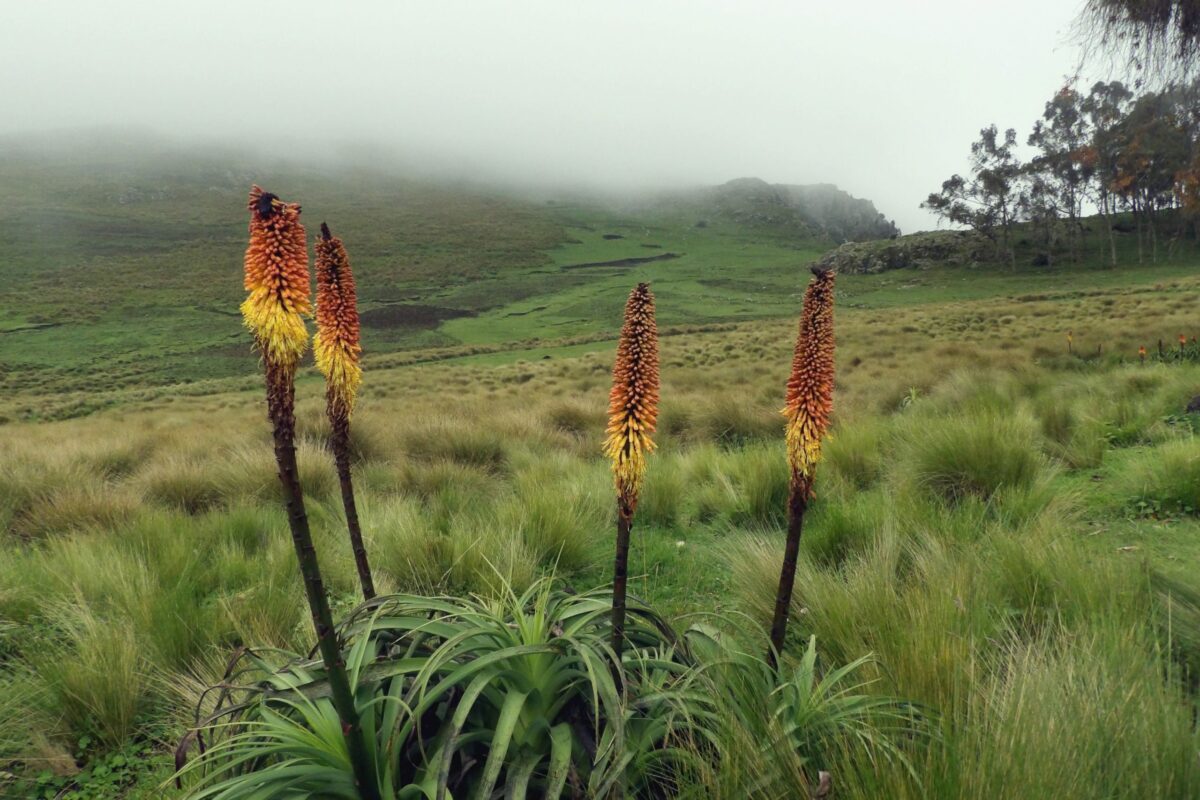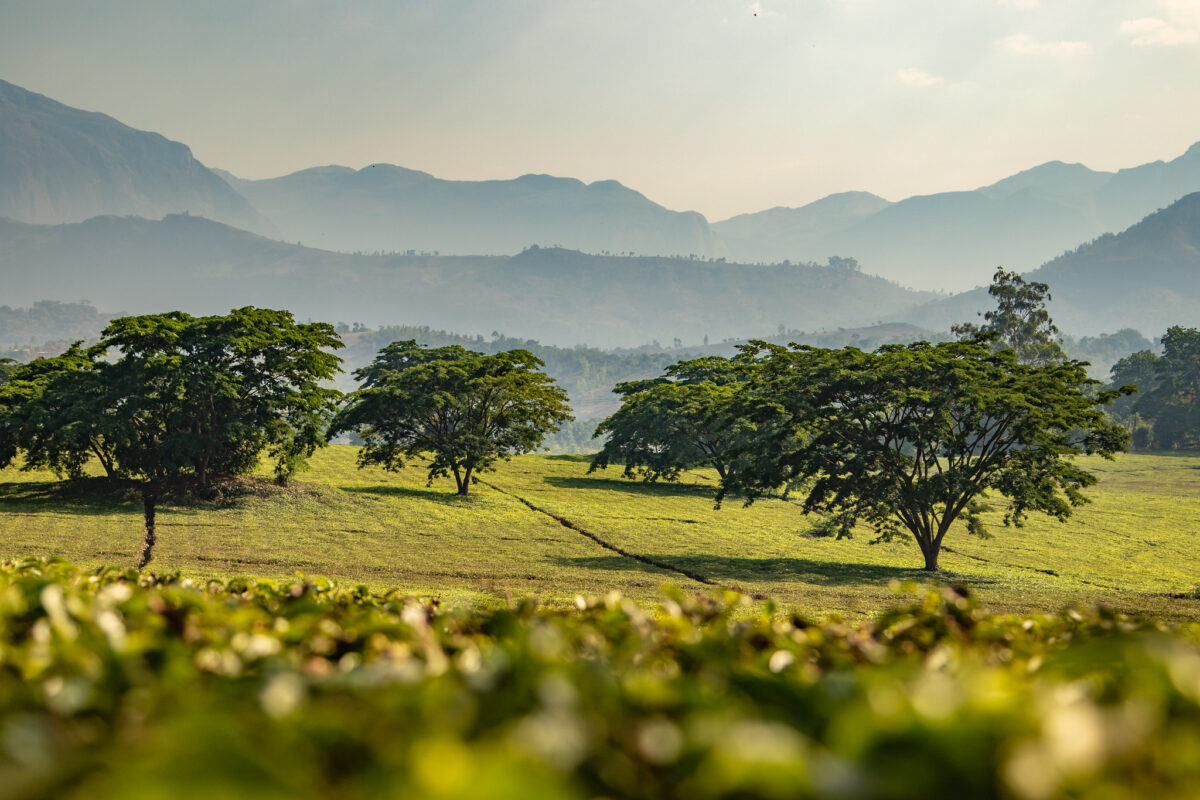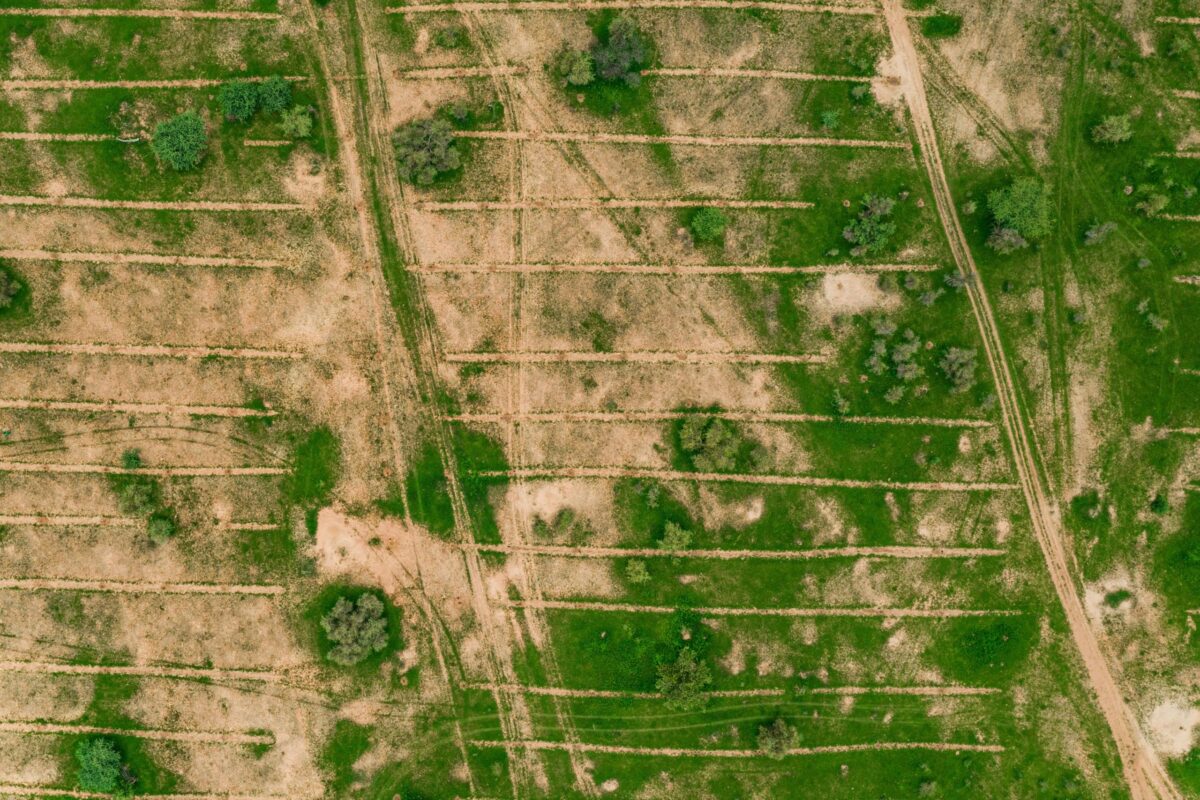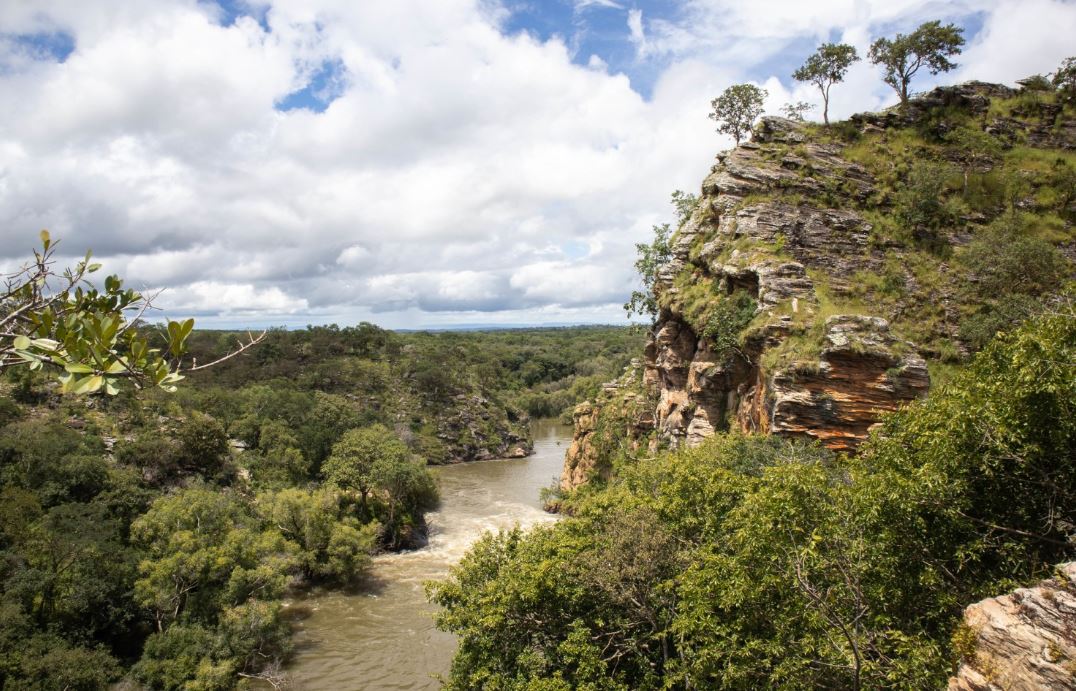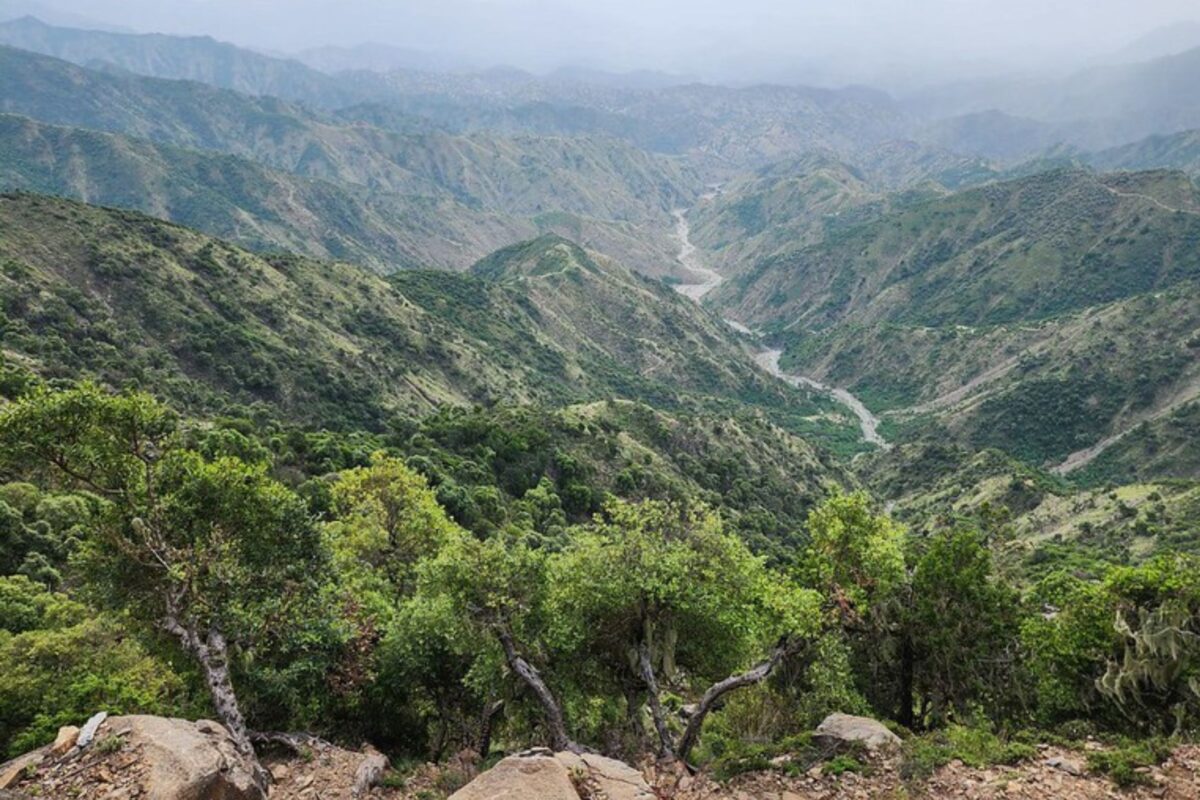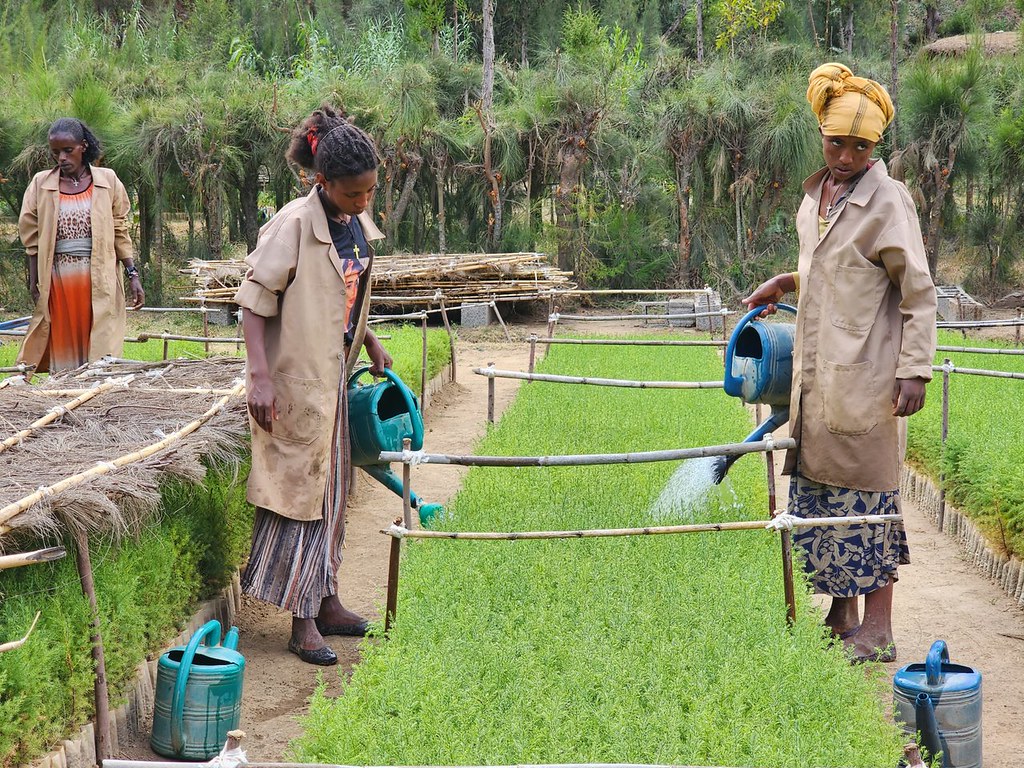Everyone knows that bees play a vital role in pollination. Indeed, 80% of flowering plants depend upon bees for pollination. And we all know that bees feed on pollen and nectar from flowers – often prodigious quantities. But did you know that forestry bees can be useful for reforestation too?
One honey bee can visit between 50 – 1,000 flowers in one trip. An average honey bee colony, with 25,000 forager bees, each making 10 trips a day, will be able to pollinate 250 million flowers per day! Do the maths: it’s incredible! But did you know that pollen and nectar from trees can be a very important part of their diet too, and that trees also depend on pollination from bees? A study in Ghana and Benin by the NGO ‘Bees for Development’ has showed that the yield of cashew nuts from the cashew tree were 2 to 3 times higher if honey bees were raised near the trees. Just the presence of bees increased the productivity of the cashew trees.
Did you also know that the entire annual production of Brazil nuts from Brazil – 40,000 tonnes per year – is dependent upon a bee, the Euglossa bee? And that that bee is itself dependent upon a unique orchid species which is only found in the rain forest. Without the bee, and without the orchid, entire village communities whose lives depend on the collection and the sale of the nuts would collapse. In fact the lives of bees and forests are intimately linked. They have evolved together over millennia. Some forest bees don’t like crossing open spaces. So when an area is deforested, the umbilical cord between bees and forest can be broken. The forest islands lose their pollinators, and are doomed. Thankfully, creation of wildlife corridors and hedgerows can plug the pollination gap and allow the bee to survive. Communities that depend upon forest products for their livelihoods know that bees are important not only for ecological reasons, but they can generate significant resources for the sale of highly nutritious honey.
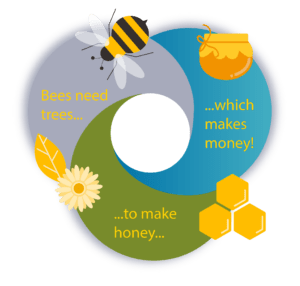
WeForest and other NGOs involved in forest conservation are increasingly looking at honey production as an important income earner. Some NGOs – such as Bees Abroad – are involved in extensive beekeeper training programmes across Africa and Asia to promote honey production. Schools are often targeted as potential sites for teaching bee-keeping. Look at their website – it’s packed with information on their programmes in Cameroon, Kenya, Uganda, Malawi, Zimbabwe and many other countries. For those who are fascinated by the life of honeybees and their extraordinary adaptations and communication mechanisms, you should look at an amazing book by Thomas Seeley called Honeybee Democracy. You won’t be able to put it down!
Help WeForest conserve Bees and Trees. It makes perfect sense.

